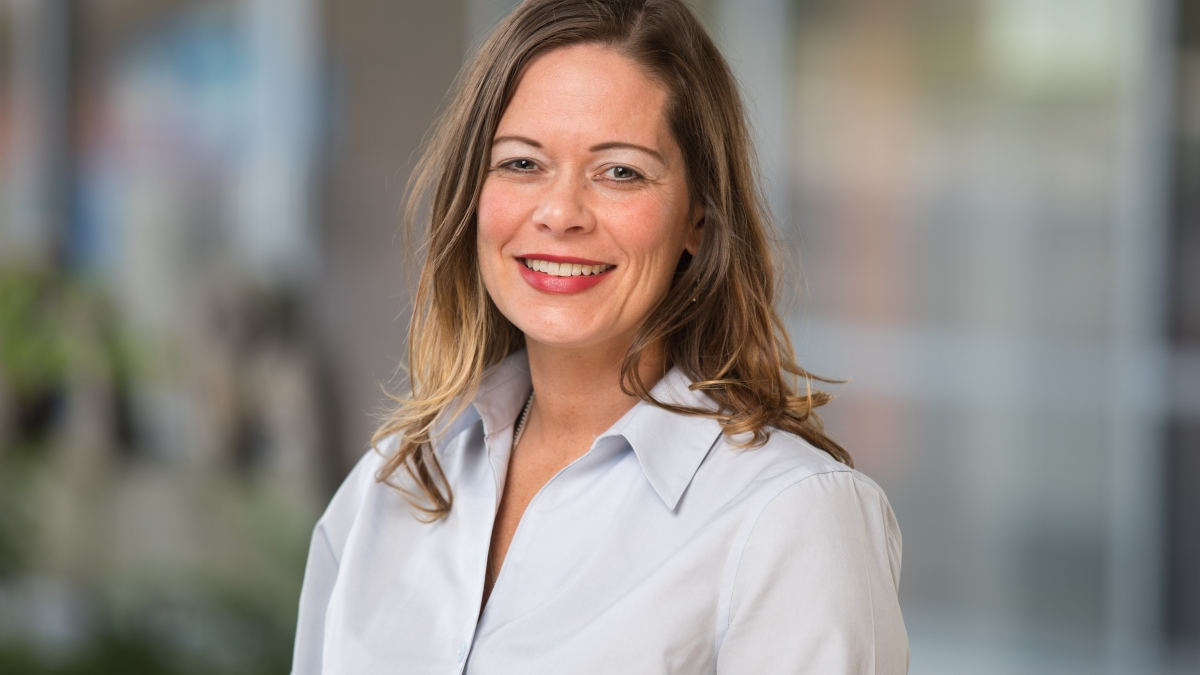When ASU at Lake Havasu Director Raymond Van der Riet leaves his post next month, his big shoes will be filled quickly and seamlessly.
Carla J. Harcleroad has been named the Arizona State University location’s new director and will start her position July 1.
“Carla brings a wealth of leadership, academic and professional experiences to this position,” said Mark Searle, ASU executive vice president and university provost. “I am confident she will be a strong leader for ASU at Lake Havasu, leading it to a bright future.”
Harcleroad has been at the location since April. She came early to get acquainted with the job, shadowing Van der Riet and, according to her, “working to facilitate a seamless transition even amid COVID-19.”
The Oregon native was a former associate vice president at Portland State University in Oregon before arriving at ASU. Prior to that, she worked at the University of Oregon as well as Lewis and Clark College in Portland.
ASU Now spoke with Harcleroad as she prepared to take the helm in Havasu.
Question: What is your educational and professional background?
Answer: I’ve held numerous leadership, research and teaching roles in the past 17 years, including the Educational Policy Improvement Center in Eugene, Oregon; the University of Oregon; Lewis and Clark College in Portland, Oregon; and Portland State University. Across all of these professional roles, I have been most inspired by efforts that seek to increase student success. I’ve developed expertise in organizational change, college student retention and college student academic and career advising. I earned a PhD in educational leadership–policy, management and organization from the University of Oregon, an MA in higher educational and organizational change from UCLA, an MS in educational leadership–higher education administration from the University of Oregon, and a BA in English and applied linguistics from Portland State University.
Q: Why did you choose to lead ASU at Lake Havasu?
A: I’m excited to support students, faculty and professional staff to achieve new and continued success at a location with strong and meaningful connections to the broader community. The hands-on learning experiences students engage in through partnerships between the campus and Lake Havasu City provide unique, service-based learning opportunities, and I wanted to be a part of this great work. I’m also very excited to live in a smaller city with exceptional access to outdoor recreation. My husband and I love the sunshine and the water!
Q: When not at the office, what are your favorite hobbies?
A: In my free time, you will find me with family and friends, caring for my rescued bullmastiff, Joey — who has special needs — reading, and spending as much time as possible outside enjoying water-focused and sun-filled activities.
Q: What are your office must-haves?
A: Beyond the basics, in my office at work, I like sit-stand workstations. The ability to stand up during the day increases my productivity and contributes to my well-being. I also like plants. I think plant life in office settings helps create a welcoming environment.
Q: How has it been taking on a new job in a new location in the middle of a pandemic?
A: (It) has been challenging, interesting, stressful, creative and growth-full. It’s required patience and exceptionally creative problem solving, and while it’s been challenging, it’s also been so special to receive such a warm reception from my colleagues at ASU at Lake Havasu, the broader ASU community and Lake Havasu City. People have extended their advice, their help, their care and their kindness. While the pandemic is tragic and full of loss, starting a new job at this time has also given me the opportunity to see that my new colleagues and friends are community-focused. It’s truly an honor and privilege to be here in this new professional role, and I’m grateful to be a part of this very special Lake Havasu City community. Even though I’ve only been here for [a short time], I already feel a deep appreciation for the city and for the people.
Q: Had you been to Lake Havasu City before this transition?
A: While growing up in Oregon, my grandparents lived in Tucson, and we had the opportunity to visit often. As an adult, I continued to visit them in the summer — so I have been in Arizona when it’s hot — and I knew that I wanted to live in this state at some point. I haven’t had the opportunity to spend time in Lake Havasu City prior to visiting in March, but I instantly fell in love with the city and community. What’s not to love? It’s warm, it’s in Arizona and it hosts a beautiful lake!
More Arts, humanities and education

ASU professor's project helps students learn complex topics
One of Arizona State University’s top professors is using her signature research project to improve how college students learn science, technology, engineering, math and medicine.Micki Chi, who is a…

Award-winning playwright shares her scriptwriting process with ASU students
Actions speak louder than words. That’s why award-winning playwright Y York is workshopping her latest play, "Becoming Awesome," with actors at Arizona State University this week. “I want…

Exceeding great expectations in downtown Mesa
Anyone visiting downtown Mesa over the past couple of years has a lot to rave about: The bevy of restaurants, unique local shops, entertainment venues and inviting spaces that beg for attention from…


